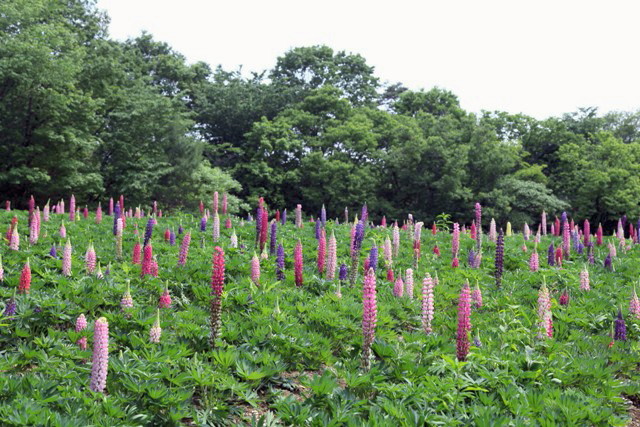
EMU JR East E653 series, Fresh-Hitachi arrives at Ueno Station
Following my last article on June 25th, I would like to introduce you to Ueno, a large railway terminal in the northern part of downtown Tokyo. It is known as the northern gateway station of Tokyo. Long distance trains to and from the northern part of Japan frequently depart from and arrive at this station.
Ueno Station has a unique atmosphere. It is a bit gloomy, but nostalgic. In 1910, a famous poet, Takuboku Ishikawa composed a fine poem in this station, in which he wrote that he visited Ueno Station to listen to the Tohoku accent because he missed his hometown in the Tohoku District. Needless to say, it is because many people from the Tohoku District arrive at and go back from Ueno Station by train.
When I was a child, I often got off at Ueno Station to visit Ueno Zoo. It is a pleasant memory, but I was a bit scared of this gloomy station, as I believed that spirits walked in the station yard like track number 9-3/4 at King's Cross Station in the Harry Potter series.
Currently, the limited express, Hitachi is one of the trains originating from Ueno (see the photos). It operates into the Joban line and goes as far as Iwaki in Fukushima Prefecture, Tohoku District. But, the rail services are partially suspended beyond Iwaki due to the Tsunami disaster caused by 3.11 giant earthquake last year.
Ueno Station is, it was...and still is..., filled with desires of people in the Tohoku District.
Ueno Station has a unique atmosphere. It is a bit gloomy, but nostalgic. In 1910, a famous poet, Takuboku Ishikawa composed a fine poem in this station, in which he wrote that he visited Ueno Station to listen to the Tohoku accent because he missed his hometown in the Tohoku District. Needless to say, it is because many people from the Tohoku District arrive at and go back from Ueno Station by train.
When I was a child, I often got off at Ueno Station to visit Ueno Zoo. It is a pleasant memory, but I was a bit scared of this gloomy station, as I believed that spirits walked in the station yard like track number 9-3/4 at King's Cross Station in the Harry Potter series.
Currently, the limited express, Hitachi is one of the trains originating from Ueno (see the photos). It operates into the Joban line and goes as far as Iwaki in Fukushima Prefecture, Tohoku District. But, the rail services are partially suspended beyond Iwaki due to the Tsunami disaster caused by 3.11 giant earthquake last year.
Ueno Station is, it was...and still is..., filled with desires of people in the Tohoku District.
EMU JR East 651 series, Super-Hitachi leaves Ueno Station
Yard map of Ueno Station (in Japanese): http://www.jreast.co.jp/estation/stations/204.html
More information about limited express, Hitachi: http://www.jreast.co.jp/e/routemaps/hitachi.html


















